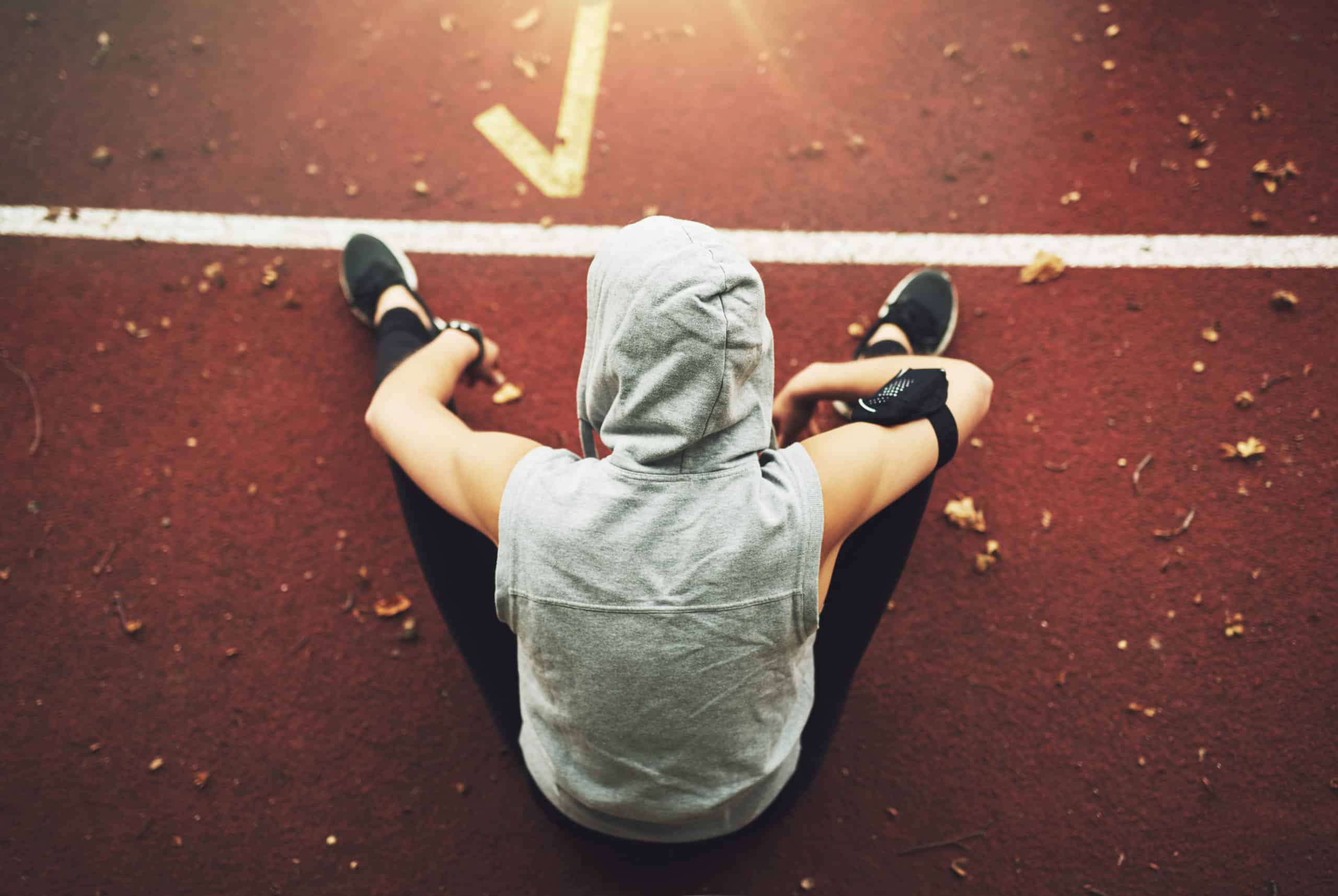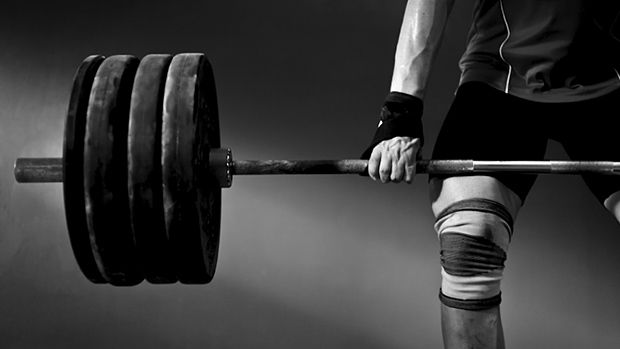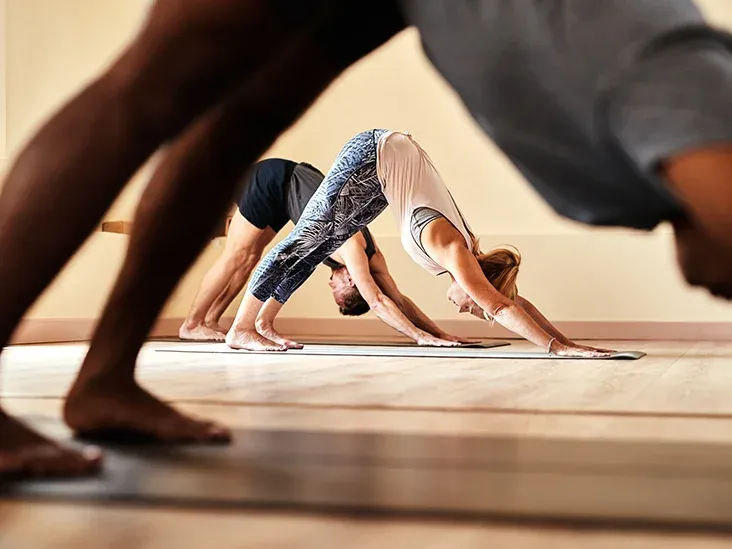Hemorrhoids
Treatment for Hemorrhoids
Prevention of Hemorrhoids
6/21/2023
What are the Best Exercises to Prevent Hemorrhoids
Hemorrhoids are considered to be one of the most common diseases that affect a large percentage of the global population. The main causes are related to constipation, stress, pregnancy, and a sedentary lifestyle, among other risk factors.1 Keeping active is key to preventing hemorrhoids, but what are the best ways to exercise with hemorrhoids? Is it a good idea, or could it make the hemorrhoids worse, causing flare ups?
In this article, we explain the best exercises for hemorrhoids and what types of sport you should try to avoid in order to help your hemorrhoids heal faster.
Aside from exercising and maintaining good lifestyle habits and a balanced diet, it is also important to consult your doctor about venotonic treatments, an efficient method of reducing both the development and recurrence of hemorrhoids.2

Can you do sports with hemorrhoids?
Hemorrhoids are caused by the enlargement of rectal veins which are located in the anal canal. As such, hemorrhoids can typically be of 2 types, internal and external hemorrhoids. The latter variety, due to their location, are usually considered to be both easier to identify, and also far more painful. They can have a direct and significant negative effect on the quality of life of those who suffer from them as they can cause swelling, pain, and even bleeding.1
Even if the idea of staying active or doing a sport might not be the first thing you think of when you discover that you are suffering from hemorrhoids, there are some types of exercise that can have positive health benefits, can help you heal faster, and might even prevent the reappearance of hemorrhoids in the future. According to scientific studies, there is an interesting link between regular physical activity and reducing the risk of suffering from colorectal cancer by as much as 20 to 25%.3 On top of this, the researched and proven benefits of exercise include the general reduction in the number of cases of several other chronic diseases such as4:
- Chronic Venous Disease
- Diabetes
- Cancer
- Hypertension
- Obesity
- Depression
- Osteoporosis
Regular exercise is also considered a great element in the management and lessening of chronic constipation, one of the leading causes of hemorrhoids.5 Learning what types of exercises are the most beneficial to prevent the worsening of hemorrhoids and which ones might even reduce their appearance are both key steps toward successfully dealing with this widespread condition in a healthy, positive, and pain-free way.
Best exercises to treat (and prevent) hemorrhoids
Gentle exercises that do not cause much strain in the anal area are ideal to maintain your active lifestyle without exacerbating the condition or putting your body under excess stress which could increase the risk of hemorrhoids occurring.
- Moderate aerobic exercise. Such as a brisk walk for 30 minutes a day can greatly help to stimulate the bowel function, prevent constipation and the development, or worsening, of hemorrhoids.6
- Kegel exercises. Consisting of contracting your anal sphincter muscles for 3 seconds a repeated number of times can be beneficial to strengthen the muscles in the anal area. It is especially recommended for the prevention of hemorrhoids during pregnancy, but anybody at any age and gender can also benefit from this.
- Yoga postures. Some yoga postures such as the “forward fold” can be hugely beneficial for those suffering from external hemorrhoids in particular since they can be helpful in the strengthening of the anal and rectal area.7
- Deep breathing. This can be helpful in alleviating tension, especially in the pelvic floor area and for releasing stress, which can be a cause of hemorrhoid flare-ups.8 In order to practice deep-breathing exercises in a way that maximizes their benefits, it is recommended to lie on the floor or to sit up straight.

Exercises you should avoid with hemorrhoids
Not all types of exercise are good for hemorrhoids, since some types of activity might increase the strain in the anal area. As such, it is recommended to avoid any strenuous type of physical activity that would put too much pressure on your abdominals or anal area, since it could worsen the symptoms of hemorrhoids and even cause hemorrhoids to bleed or lead to heightened pain and irritation.
The most common types of exercise or sports you should try to avoid if you are suffering from hemorrhoids are:
- Sit-ups
- Squats (especially deep squats) and similar movements that involve a considerable amount of strain
- Weightlifting
- Cycling
- Horseback riding
- Rowing
Maintaining a healthy and balanced diet, together with reducing or monitoring your stress levels, and leading an active lifestyle are all key factors to avoid developing chronic hemorrhoidal disease. It has been shown that having an adequate Body Mass Index (BMI) – usually considered to be somewhere between 18 to 25% – and by maintaining regular physical activity can both be greatly beneficial in the overall prevention of hemorrhoids by regulating and easing bowel movements.9
REFERENCES
- Lohsiriwat V. Hemorrhoids: from basic pathophysiology to clinical management. World J Gastroenterol. 2012 May 7;18(17):2009-17, from https://www.ncbi.nlm.nih.gov/pmc/articles/PMC3342598
- Shelygin Y, Krivokapic Z, Frolov SA, et al. Clinical acceptability study of micronized purified flavonoid fraction 1000 mg tablets versus 500 mg tablets in patients suffering acute hemorrhoidal disease. Curr Med Res Opin. 2016;32(11):1821-1826
- Namasivayam V, Lim S. Recent advances in the link between physical activity, sedentary behavior, physical fitness, and colorectal cancer. F1000Res. 2017 Mar 1;6:199, from https://www.ncbi.nlm.nih.gov/pmc/articles/PMC5333603/
- Warburton DE, Nicol CW, Bredin SS. Health benefits of physical activity: the evidence. CMAJ. 2006 Mar 14;174(6):801-9, from https://www.ncbi.nlm.nih.gov/pmc/articles/PMC1402378/
- Meshkinpour H, Selod S, Movahedi H, Nami N, James N, Wilson A. Effects of regular exercise in management of chronic idiopathic constipation. Dig Dis Sci. 1998 Nov;43(11):2379-83, from https://pubmed.ncbi.nlm.nih.gov/9824122/
- Harvard Health. (2021d, November 16). Hemorrhoids and what to do about them. Retrieved October 5, 2022, from https://www.health.harvard.edu/diseases-and-conditions/hemorrhoids_and_what_to_do_about_them
- Agarwal. B., Sharma, S. et al. (2012). Can Yoga Improve the Outcome of Sugery for Haemorrhoids?. JIMSA January-March 2012. Vil.25. No.1, from https://www.researchgate.net/publication/236586621_Can_Yoga_Improve_the_Outcome_of_Surgery_for_Haemorrhoids_A_Prospective_Randomized_Controlled_Study
- Post Hemorrhoidectomy Anorectal Pain. Effectiveness of Guided Breathing Exercises on Anorectal Pain in Patients With Symptomatic Hemorrhoids. Good Clinical Practice Network. Retrieved on the 4th of October 2022 from https://ichgcp.net/clinical-trials-registry/NCT03240185
- Karim, J., Abdullah, A. A. A., Zolkifle, A. K., Roslan, N. S., Kumar, S., & Shiong, K. C. (2020). A Case Control Study on Physical Activity and Body Mass Index Associated with Hemorrhoids. Jurnal Ners, 14(3), 121–125, from https://e-journal.unair.ac.id/JNERS/article/view/17045
2024
